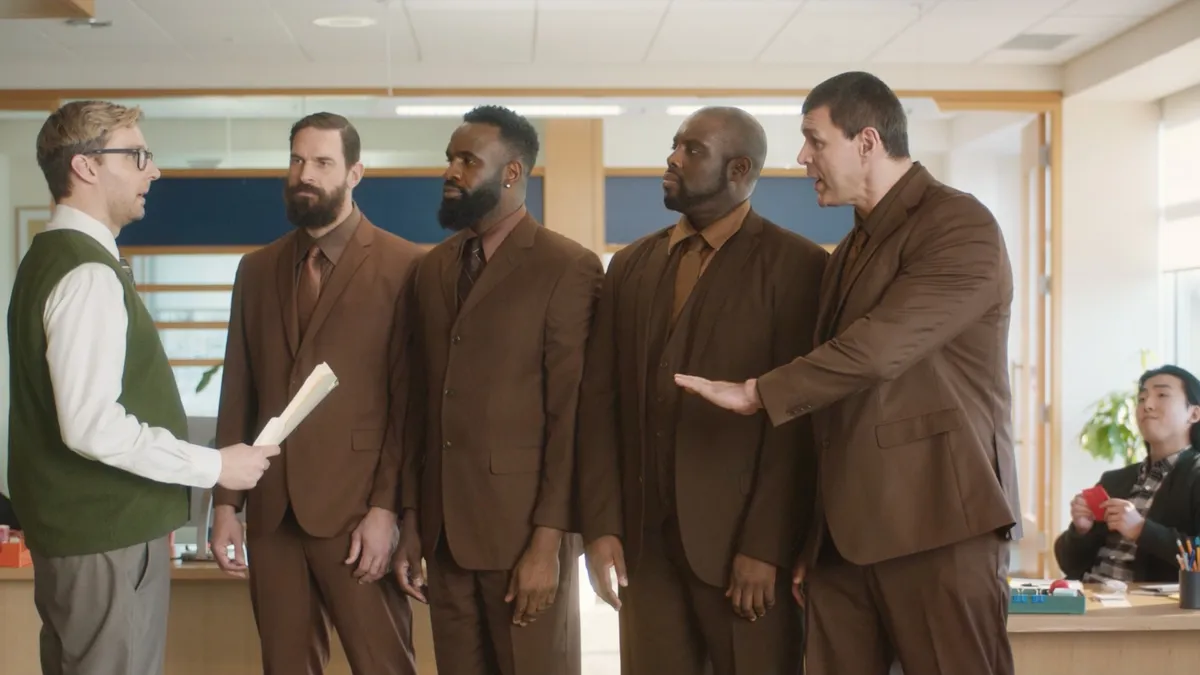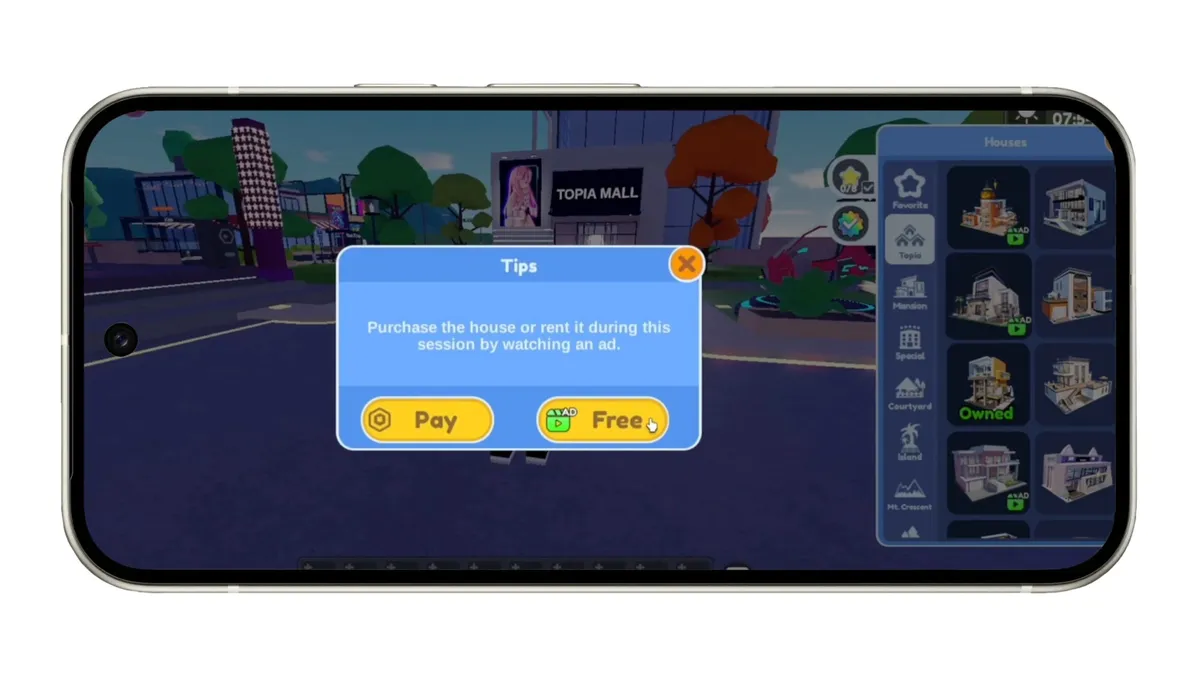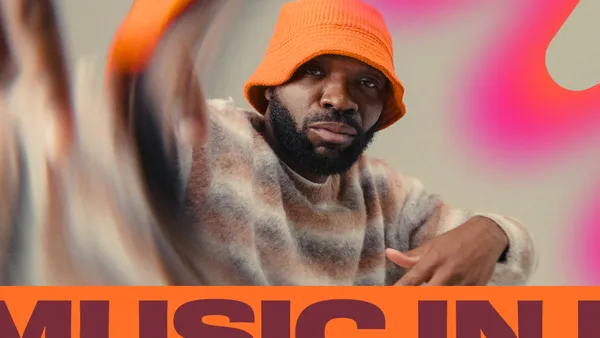NEW YORK — This summer, Google was the subject of two Adalytics reports that alleged the search giant violated its standards around video ad placements on third-party sites and children’s privacy on YouTube, respectively. While Google denied the charges, the bombshell research highlighted some of the issues that arise in an ad market that is dominated by Google and Meta.
The “seismic power shift” that has seen marketers lose a sense of control to these tech giants over the last decade — and the steps the industry can take to regain control — were the subject of a presentation by Video Advertising Bureau (VAB) CEO Sean Cunningham at Advertising Week New York on Tuesday.
“There’s actually no one who’s denying that this power shift has happened,” said Cunningham. “Bucking the trend of 80 years in which the apex shot-callers in the marketing ecosystem were the advertisers… the two mega media walled gardens are actually calling the shots higher than the advertisers.”
Google and Meta scooped up 81% of incremental global ad spend from 2012 to 2022 to become digital media’s so-called duopoly. That degree of market share dominance has created what Cunningham described as a double standard between walled gardens and multiscreen TV advertising.
The lack of transparency from Google and Meta has also led to lower standards for what constitutes an ad, with Google maintaining that ads can be as short as two seconds, with or without audio, and with no distinction between premium and user-generated content. Lower standards have been embraced by a buy-side market that faces “constant pressure” for cheaper extensions of campaign reach and has offered advertisers cost suppression and premium inventory replacement via programmatic advertising, Cunningham explained.
“We’ve never believed that [works],” the executive said. “We think that marketers deserve more.”
A fraudulent landscape
Transparency gaps and worsening ad quality have also increased the potential for compromised ad spend and brand damage, as highlighted by the Adalytics reports. While the first report around video ad placements found that 1,100 advertisers were subjected to useless impressions on dangerous sites over a three-year period, the report about YouTube serving adult ads to children opened Google and advertisers to federal investigations, the potential for massive fines and “poisoned” first-party data stores.
While many advertisers said they felt betrayed, lied to and cheated by Google and YouTube after the reports were made public, most did so anonymously, Cunningham noted.
“[You] don’t dare cross these people, is what I heard a senior buyer say,” Cunningham said. “To literally say, ‘My clients are so entangled with these people in so many different buckets, I wouldn’t dare cross these people.’ That’s dangerous.”
“We’re somewhere between meth and heroin and cocaine as an advertising industry, and people look you in the eye and say, ‘What do you care?’ That’s a really dangerous environment to be in.”

Sean Cunningham
CEO, Video Advertising Bureau
In this fraught environment, the digital supply chain has seen a proliferation of players taking a cut, where just 51 cents of every dollar goes to publishers and 15% of the spend is described as “missing.” Nearly a quarter (22%) of all online ad spend is wasted, representing $84 billion in global ad fraud this year, a number that is projected to reach more than $170 billion in five years, per a recent Juniper Research report.
To put that number in perspective, $84 billion is larger than global ad spending on print and audio media ($76 billion), per data shared by VAB. Digital ad fraud in North America is roughly equal to the combined annual revenue of the NFL, NBA and NHL. And most provocatively, Cunningham noted that $84 billion fraud figure falls somewhere between the global estimated spend on methamphetamine ($61 billion), heroin ($110 billion) and cocaine ($130 billion).
“We’re somewhere between meth and heroin and cocaine as an advertising industry, and people look you in the eye and say, ‘What do you care?’ That’s a really dangerous environment to be in,” the exec said.
What marketers can do
Cunningham’s picture of the digital ad industry — low transparency and low standards coupled with high risk and high fraud — is not a flattering one. But the executive laid out what marketers can do to wrest back control and make the ad-tech industry play by the same rules as multiscreen TV.
Marketers must demand complete transparency for all media partners on the full lifecycle of all video ad units within a campaign; all calculations of video ad impressions; the granular details of exact ad placements; and the composition of ad placement and inventory sources in audience metrics. They also must require all media partners to bring in a truly independent third party to ensure transparency on a non-permanent basis — no more “grading their own homework.”
Cunningham encouraged marketers — whether at Advertising Week New York, next week’s ANA Masters of Marketing Conference in Orlando or CES in Las Vegas in January — to ask why ad fraud isn’t the “center of the plate, must-fix conversation in this business.”
“I know that our friends at Google and YouTube are extremely smart,” Cunningham said. “If they burned the ad market… they did so for one reason: because they could. So let’s stop that. Let’s have them play with the same set of rules everyone else needs to play [with].”























